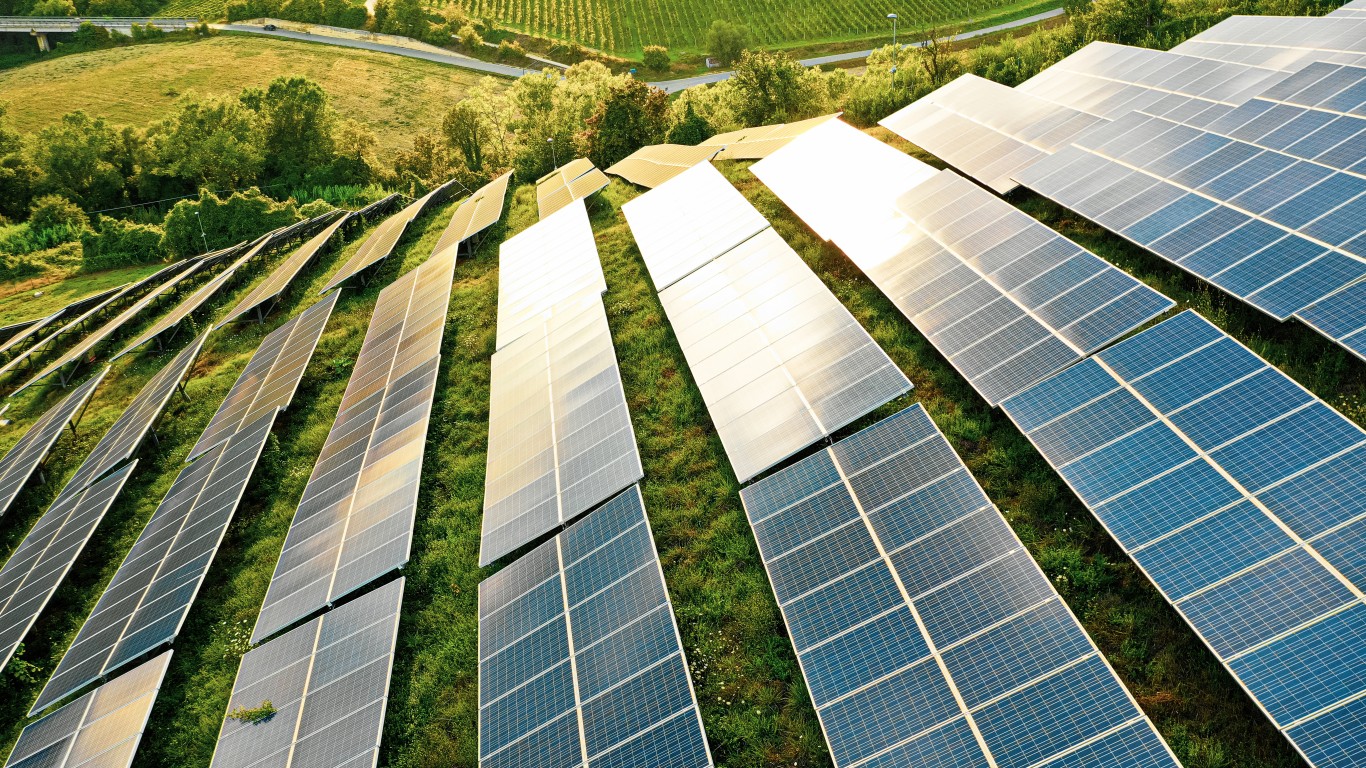
At the end of Friday’s holiday-shortened trading session, First Solar Inc. (NASDAQ: FSLR) shares closed down 3.34% to capture the honor of being the day’s biggest S&P 500 loser. Ten-year and two-year Treasuries each added around 6 basis points on the day. Solar companies move in the opposite direction of bond yields because companies like First Solar need to borrow large sums to finance new utility-scale solar projects.
The S&P Global Clean Energy Index (SPGTCLEN), which includes 100 global companies in clean energy-related businesses, has dropped by 27% since mid-July. The S&P Global Energy Index is up about 5.4% over the same period.
COP28 and clean energy
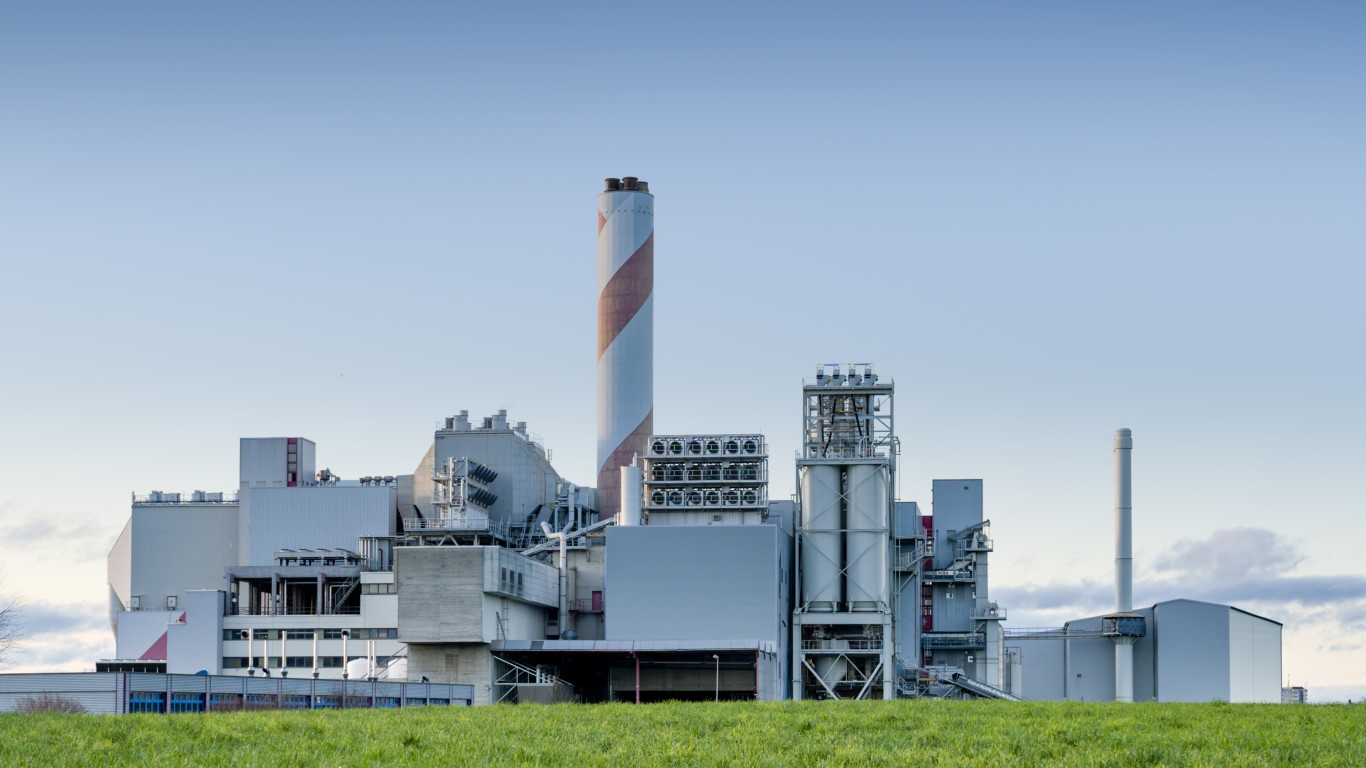
Two technologies will get a lot of attention. One is carbon capture and storage (CCS), and the other is direct air capture (DAC). CCS has been around for about 20 years and has made little impact on reducing carbon emissions. Only a few projects have been completed due both to high costs and geological requirements. Both have been in the news recently and that’s not a coincidence.
Carbon capture and storage

Exxon Mobil has also acquired a CCS license in the U.K. North Sea. The British government has a plan to store more than 50 million metric tons of CO2 by 2050. That’s not much better than nothing compared to the global total of 37 billion metric tons of carbon dioxide emitted in 2021.
But it does give the impression that the oil company that just paid $53 billion for more acreage in the Permian Basin is doing something useful to clean up the air.
Direct air capture
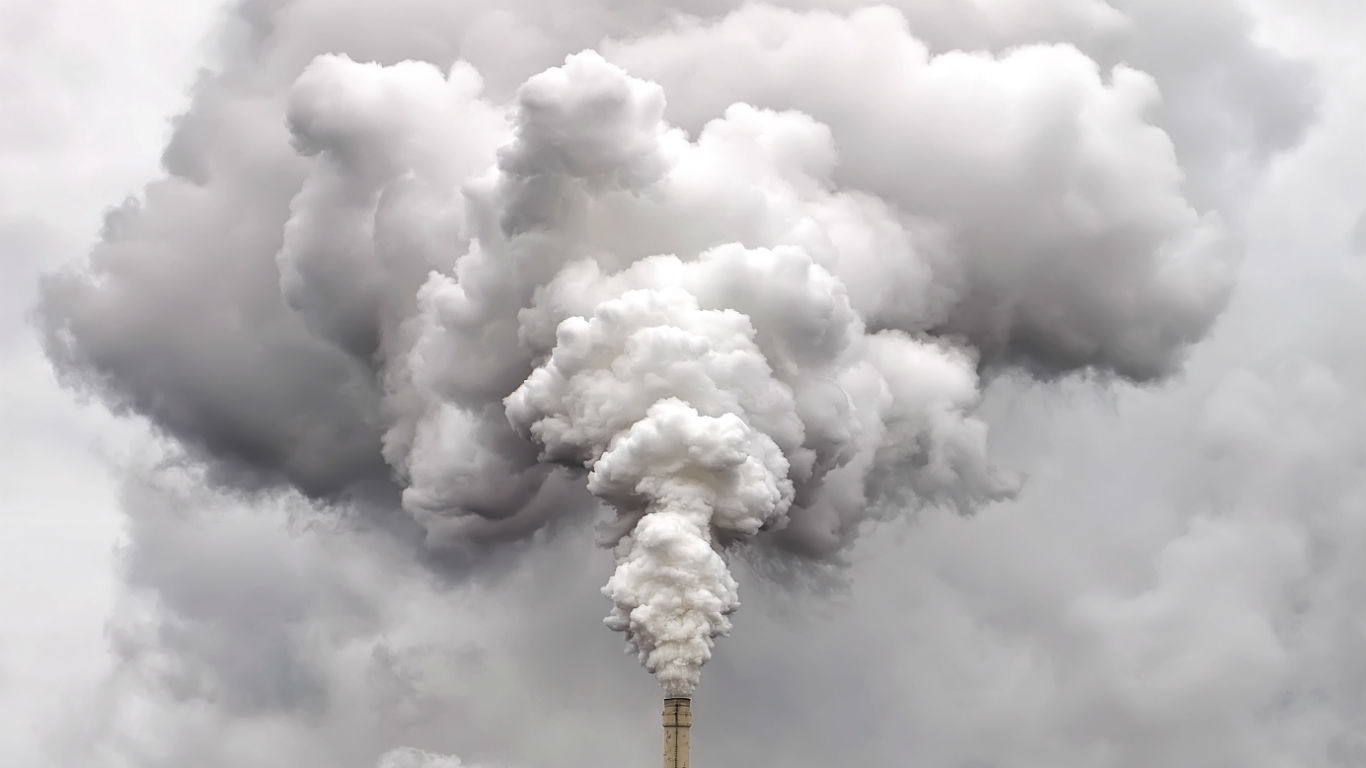
Occidental Petroleum Corp. (NYSE: OXY) just announced a $550 million investment from BlackRock to develop a DAC facility that is expected to scrub 500,000 tons of CO2 from the atmosphere by mid-2025. The Boston Consulting Group estimates the cost of DAC to be $600 to $1,000 per metric ton. To be viable, the cost has to drop by 75% over the next 27 years, more quickly than the 40 years it took for solar photovoltaics to fall by a similar amount.
Fossil fuel producers have adopted CCS and DAC as shiny new technologies that will clean up the air while still encouraging more fossil fuel burning.
IEA weighs in
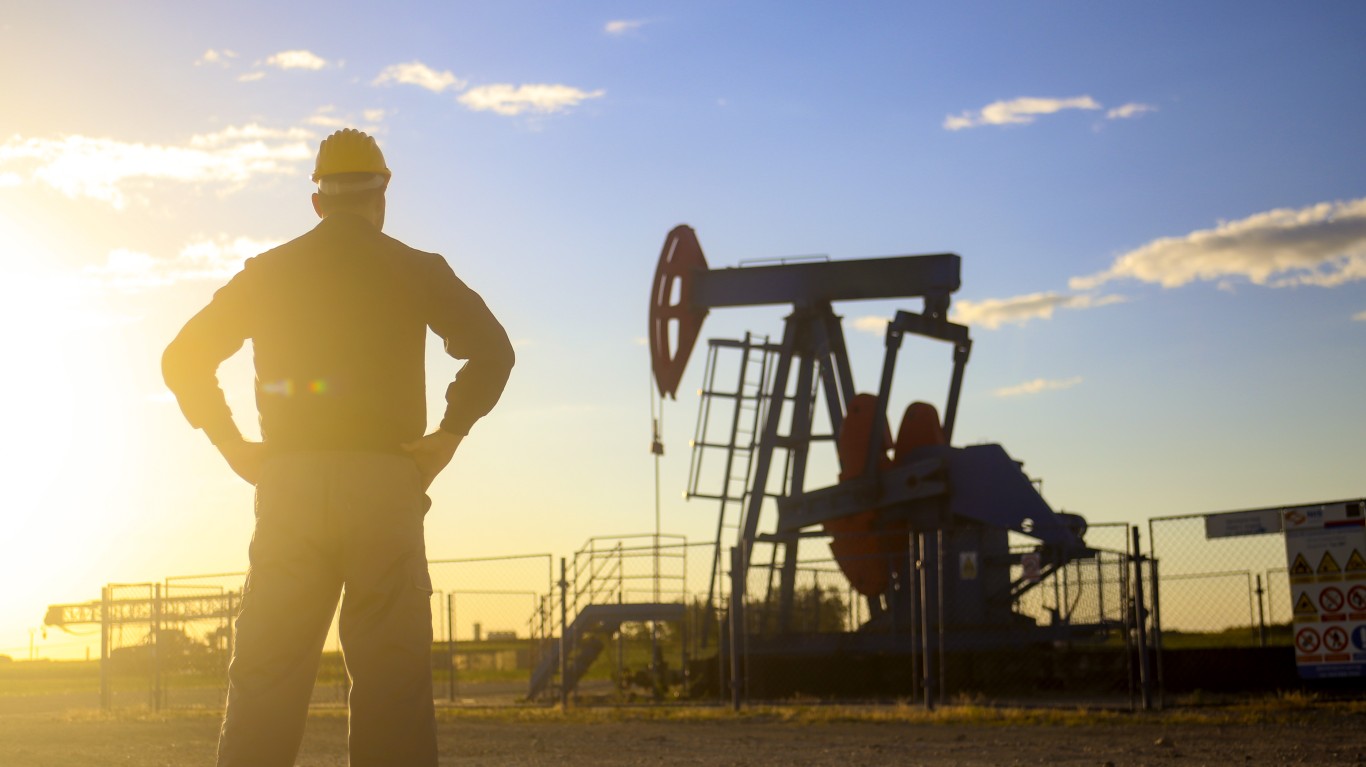
- For the moment the oil and gas industry as a whole is a marginal force in the world’s transition to a clean energy system.
- The volatility of fossil fuel prices means that revenues could fluctuate from year to year – but the bottom line is that oil and gas becomes a less profitable and a riskier business as net zero transitions accelerate.
- Continued investment in oil and gas supply is needed in all scenarios, but the USD 800 billion [the oil and gas industry] currently invests each year is double what is required in 2030 to meet declining demand in a 1.5 °C scenario.
IEA executive director Fatih Birol, in a comment accompanying the report’s release, said:
Oil and gas producers around the world need to make profound decisions about their future place in the global energy sector. The industry needs to commit to genuinely helping the world meet its energy needs and climate goals – which means letting go of the illusion that implausibly large amounts of carbon capture are the solution. This special report shows a fair and feasible way forward in which oil and gas companies take a real stake in the clean energy economy while helping the world avoid the most severe impacts of climate change.
Green investments
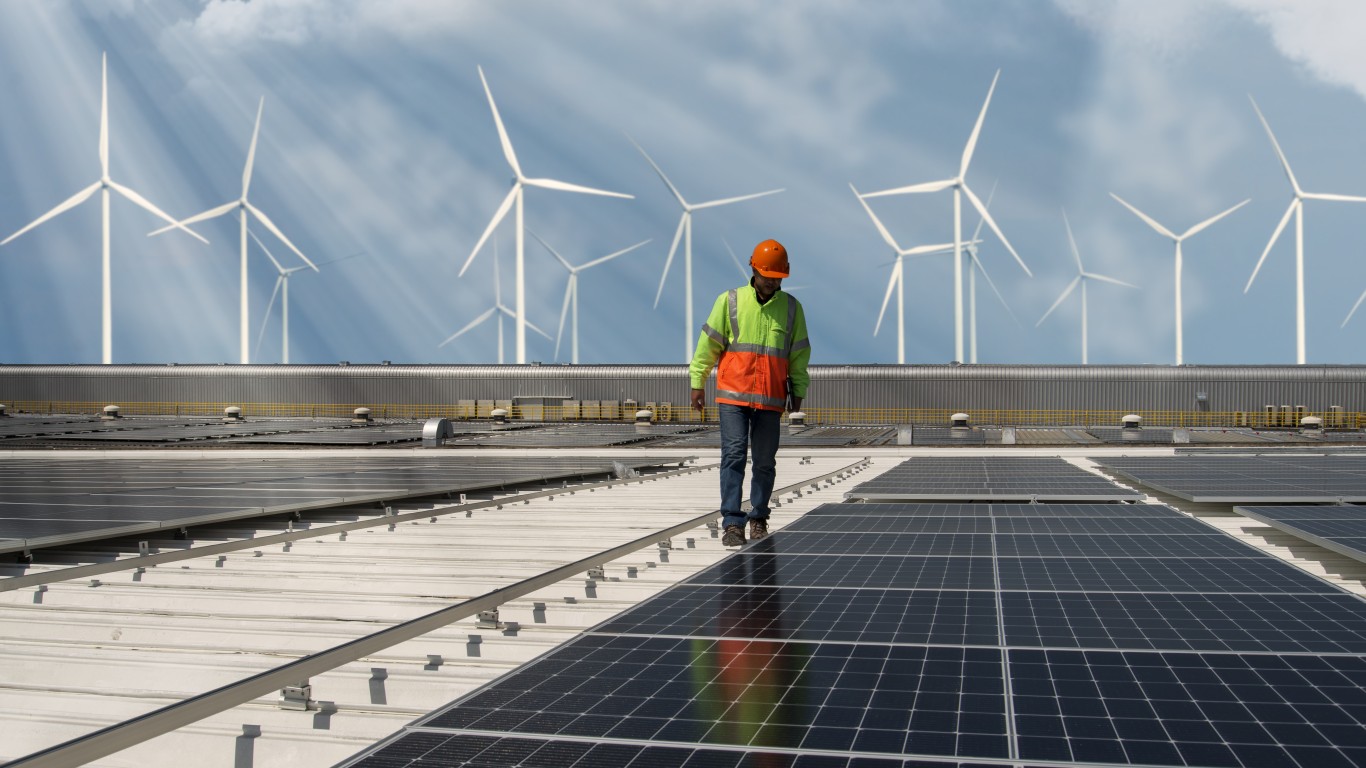
As for solar, the IEA projects that total 2023 investment in solar energy will be greater than investment in oil production this year. From the IEA’s World Energy Investment report issued last week:
[T]he expected rebound in fossil fuel investment means it is set to rise in 2023 to more than double the levels needed in 2030 in the IEA’s Net Zero Emissions by 2050 Scenario. Global coal demand reached an all-time high in 2022, and coal investment this year is on course to reach nearly six times the levels envisaged in 2030 in the Net Zero Scenario.
The oil and gas industry’s capital spending on low-emissions alternatives such as clean electricity, clean fuels, and carbon capture technologies was less than 5% of its upstream spending in 2022. That level was little changed from last year – though the share is higher for some of the larger European companies.
Until the fossil fuel giants spend more on low-carbon projects than they do on advertising their green credentials, solar projects will always be outgunned. Cheap, clean solar energy produced by companies like First Solar will continue to be whipsawed by project and financing costs. If COP28 develops into another messaging pulpit for costly and, ultimately, minimally useful technologies, the meeting will have been a failure.
100 Million Americans Are Missing This Crucial Retirement Tool
The thought of burdening your family with a financial disaster is most Americans’ nightmare. However, recent studies show that over 100 million Americans still don’t have proper life insurance in the event they pass away.
Life insurance can bring peace of mind – ensuring your loved ones are safeguarded against unforeseen expenses and debts. With premiums often lower than expected and a variety of plans tailored to different life stages and health conditions, securing a policy is more accessible than ever.
A quick, no-obligation quote can provide valuable insight into what’s available and what might best suit your family’s needs. Life insurance is a simple step you can take today to help secure peace of mind for your loved ones tomorrow.
Click here to learn how to get a quote in just a few minutes.
Thank you for reading! Have some feedback for us?
Contact the 24/7 Wall St. editorial team.




